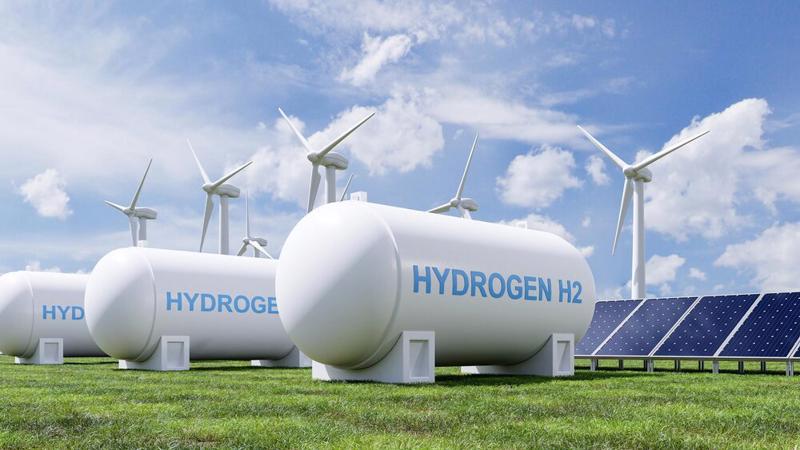The United Nations Development Program (UNDP) and the Institute of Energy organized a workshop on June 8 on the comprehensive assessment of green hydrogen production from solar and wind power sources and potential uses in Vietnam, with a focus on the south-central region and the Mekong Delta.
Vietnam, as one of the world’s fastest-growing economies and having recognized the pressing threat of climate change and the need to reduce emissions, has made remarkable strides forward in renewable energy deployment.
With a compound annual growth rate of 5.7 per cent over the decade, the country has embarked on an ambitious path to sustainably meet its rising energy needs, sourcing approximately 47 per cent of its power from renewable energy sources by 2050.
Green hydrogen has emerged as a robust solution in the global pursuit of a greener future. Its production, enabled by expanding renewable energy capacity and falling costs of solar and wind production, holds immense promise for developing countries like Vietnam with high renewable energy potential and rapid growth in renewables. The applications of green hydrogen are vast, ranging from shipping and transportation to decarbonizing hard-to-abate industries such as steel and chemicals and blending it into existing natural gas networks for heating in buildings.
The International Partners Group, including the G7, the EU, Denmark, and Norway, in the Just Energy Transition Partnership (JETP), and Vietnam identified green hydrogen production as a key priority in JETP Political Declaration.
The assessment report presented three scenarios for green hydrogen production from renewable energy sources. It assessed the potential production capacity and levelized cost of hydrogen (LCOH). It also featured economic and statistical analysis based on the latest data on domestic and renewable electricity projections, current and future green hydrogen and ammonia demand estimates, and discussions on the national policy and legislative framework necessary for developing green hydrogen.
“Firstly, research and development are crucial to determining the potential use cases, decarbonization potential, improving the efficiency, and reducing the cost of green hydrogen production technologies, particularly for green hydrogen and green ammonia use in other sectors like transport and hard-to-abate industries such as steel and chemicals in Vietnam,” said Mr. Patrick Haverman, UNDP Deputy Resident Representative in Vietnam.
“Secondly, the development of green hydrogen will require a clear policy and regulatory framework with concerted efforts by government, businesses, academia, and civil society to realize a transition from fossil fuel-derived feedstocks.”
“Finally, developing the necessary infrastructure to produce, store, and distribute green hydrogen safely in Vietnam will be crucial. Vietnam is rapidly expanding its solar and wind energy capacity. However, it must also ensure that necessary electrolyzes are positioned at or near renewable energy facilities for any dedicated green hydrogen projects. Such hydrogen must be stored in a physical or material-based system, each with differing properties.”
“With our nation’s rapid economic growth and increasing renewable energy capacity, green hydrogen holds tremendous promise as a critical contributor to accelerating the clean energy transition,” said Nguyen The Thang, Head of the Department of Environment and Sustainable Development at the Institute of Energy.









 Google translate
Google translate